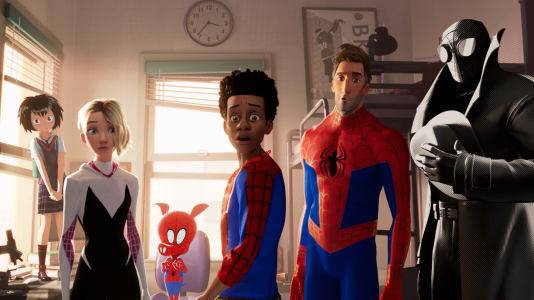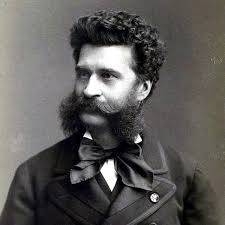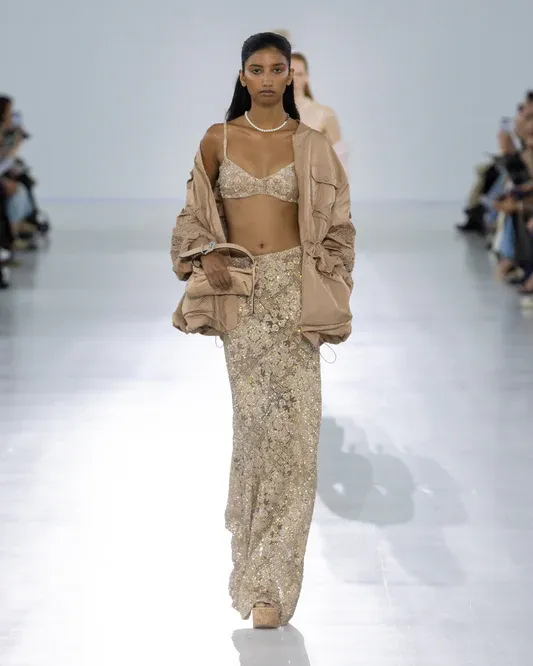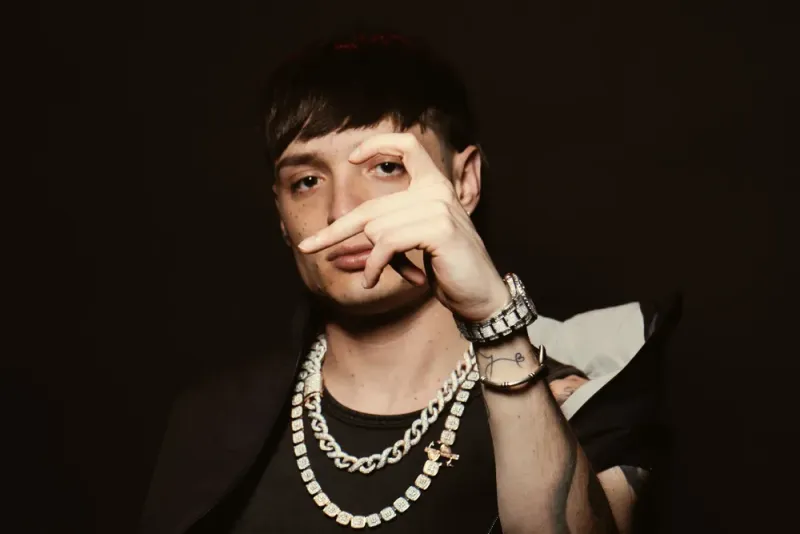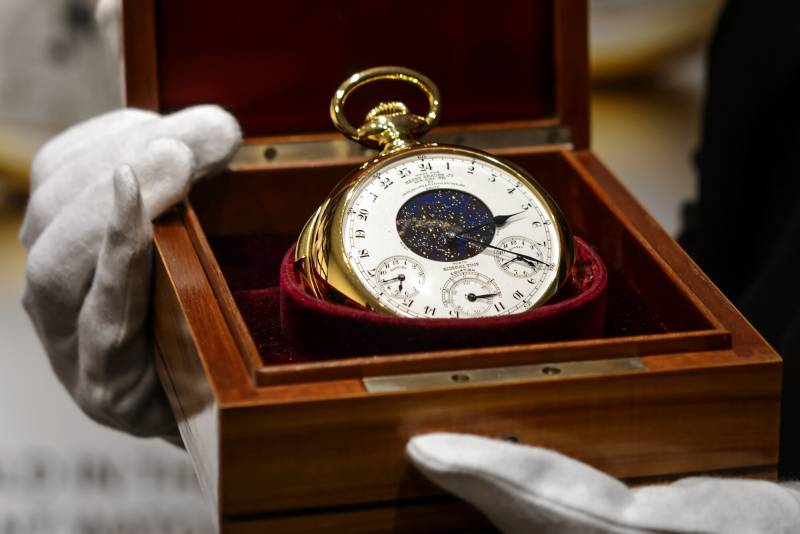The struggle between art and commerce has found a new battleground. This time the landscape is larger and more amorphous than ever before — bursting with creative potential but vulnerable to exploitation too. It's a place where new art is born and old art is resurrected. It's expanding, it's proliferating and it's coming to a screen near you. Yes, we're talking about the multiverse. The multiverse has been gathering steam for some time, but in 2022 it asserted its dominance in the film industry, surfacing in indie movies and superhero blockbusters alike. In late July, Marvel Studios announced a five-year "Multiverse Saga" — comprising 16 films and multiple shows — bound together by the idea. Highly-disputed quantum physics theories rarely receive this kind of airtime.
Read Also: Adidas puts Kanye West Yeezy deal under review
For anyone in need of a refresher, the multiverse is the concept that multiple, perhaps infinite universes exist side by side, overlapping or linked and containing endless permutations of everything, including us. The word "multiverse" is well over 100 years old, with philosophical roots stretching back to the Ancient Greeks, as well as in both Hindu and Buddhist scriptures. Yet we've arrived at a moment ripe for the idea to take hold in film — where both consumer and capital have played a role in its newfound popularity.

So why now?
Bringing an 'egg-headed' idea to the masses
Christopher Miller and Phil Lord produced, and the latter co-wrote, the Oscar-winning animated movie "Spider-Man: Into the Spider-Verse." The 2018 film features Miles Morales, an Afro Latino teenage Spider-Man, who teams up with another alternate "Spider-people" — including Peter B. Parker and Gwen Stacy's Spider-Woman — when the villain Kingpin opens a portal into the multiverse.
Lord was initially anxious that the multiverse might be "too egg-headed an idea" and wrote an explanatory scene into the movie — one that was eventually cut after test screenings. "All of the marketing and studio executives were baffled, but basically everyone under 45 was like, 'Yeah, of course, there's multiple variants of worlds and whatever,'" Miller added on a video call.
Lord believes our fractured real lives may factor into why the idea is so easily accepted. "I think we're living multiple lives in parallel dimensions sort of all the time," he said. "We're living an online life — or lives. Then we're living a work life that's on a screen ... Then there's home life, and then one with your friends. Trying to resolve those things is going to be something we're all thinking about all the time."
He added that the concept is also intuitive. "In terms of storytelling, it's about imagining possible outcomes of our lives. The whole reason we have narrative brains is in order to imagine future outcomes of our actions."
"Sliding Doors" is a prime example of how this concept plays out on screen. In Peter Howitt's 1998 romcom, we watch Gwyneth Paltrow's character Helen live two lives in parallel, depending on whether she catches — or misses — a London Underground train. It's a temperate take on the multiverse (the two Helens never meet, for example) but it pushed the idea toward the mainstream. Recent films have built on that concept in a more grandiose fashion, adding more alternate lives, more sci-fi, and more byzantine plotting — in a nutshell, more spectacle.
In 2022's "Everything Everywhere All At Once," written and directed by Daniel Kwan and Daniel Scheinert (known collectively as Daniels), Michelle Yeoh's protagonist Evelyn Wang laments her life choices and what might have been had she made different ones. She then experiences just that, cycling through dozens of fantastical parallel lives after she enters the multiverse.
Stylistically, the film's various universes draw on cinematic pastiches, from a tribute to Wong Kar Wai's "In the Mood for Love" to Pixar's "Ratatouille," creating a visual shorthand to help audiences keep track. Costume designer Shirley Kurata created 36 looks for Evelyn, along with a flamboyant wardrobe for the film's supposed villain, an alternate universe version of Evelyn's daughter Joy, called Jobu Tupaki. But despite their wild variety and abundant flair, the costumes subtly tie the multiverse together, Kurata explained to CNN, with outfits appearing in different colorways and matching patterns across different storylines. The film's multiverse is very big in some ways, and, in others, very small.
